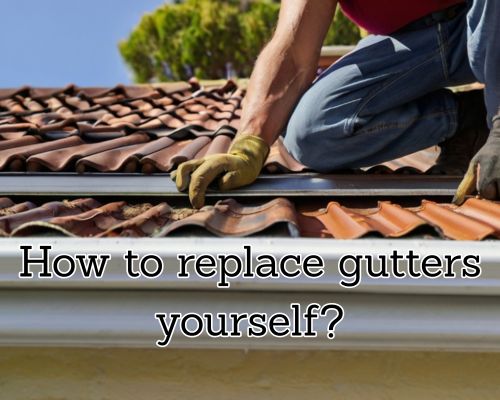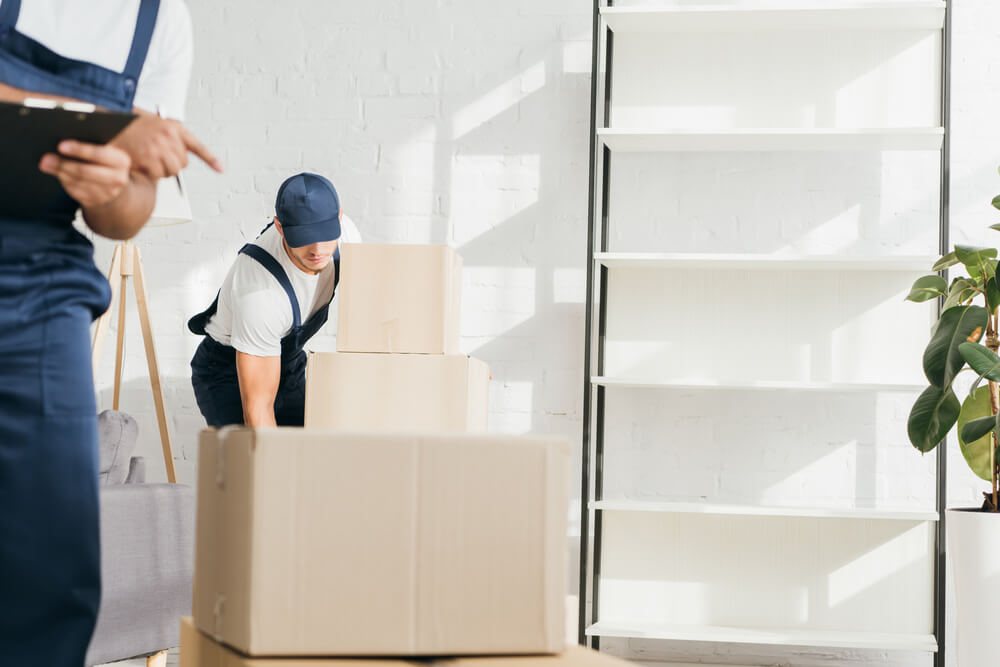How to Replace Gutters Yourself in Melbourne, Australia: A Complete DIY Guide
How to Replace Gutters Yourself in Melbourne, Australia: A Complete DIY Guide
If you’re a homeowner in Melbourne, Australia, and you’ve noticed water stains on your walls or pooling around your foundation, it could be time to replace your gutters. Gutters play a crucial role in directing rainwater away from your home’s foundation, protecting your property from water damage. Replacing gutters yourself can save you money on professional installation fees, but it requires careful planning and the right tools.

With Steve Arnie of Gutter Cleaning Melbourne, we’ll walk you through how to replace gutters yourself in Melbourne, Australia, including essential steps, tips, and local considerations to ensure a successful DIY gutter replacement project.
Why Should You Replace Your Gutters?
Gutters are essential for maintaining the structural integrity of your home. Over time, they can become clogged with debris, rusted, or damaged, leading to inefficient water flow. In Melbourne’s climate, with its heavy rainfall during winter and occasional storms, keeping gutters in good condition is even more critical.
Some signs that it’s time to replace your gutters include:
- Cracked or sagging gutters
- Rust spots or holes
- Water overflow during rain
- Visible gaps between the gutter and roofline
If you notice any of these issues, it may be time to take action and replace your gutters before further damage occurs.
Tools and Materials Needed for Gutter Replacement
Before starting your DIY gutter replacement, you’ll need the right tools and materials. Here’s a list of essential items for the job:
- New gutters: Select gutters made from durable materials like aluminum, steel, or copper. In Melbourne, aluminum gutters are a popular choice due to their resistance to rust and corrosion.
- Ladder: A sturdy ladder is necessary for accessing the roof and gutters. Make sure it’s tall enough to safely reach your roofline.
- Measuring tape: For accurate measurements of your existing gutters and downspouts.
- Hacksaw or metal cutter: To cut your new gutters to the required length.
- Gutter brackets and screws: To attach your new gutters securely to the fascia.
- Sealant: Waterproof sealant is essential to prevent leaks at joints and corners.
- Drill: For drilling holes in the fascia and securing the brackets.
- Safety gear: Wear gloves, safety goggles, and a harness if necessary for added safety when working at heights.
Step-by-Step Guide to Replacing Gutters
1. Prepare the Area
The first step in replacing your gutters is preparing the area around your home. Set up your ladder on a flat, stable surface. Make sure you have a clear path to the gutters, free of obstructions. It’s also wise to use a tarp or plastic sheeting to catch any debris that falls during the removal process.
2. Remove the Old Gutters
Start by removing the screws or nails that hold your old gutters in place. Carefully detach the gutters, making sure not to damage the fascia or roofing materials. If your gutters are clogged with leaves or debris, clear them out first to make the removal process easier.
3. Measure and Cut New Gutters
Once the old gutters are removed, measure the length of your new gutters to match the size of your roofline. You may need to cut the gutters to fit using a hacksaw or metal cutter. If you’re unsure about your measurements, it’s always a good idea to leave a little extra length and trim it down later.
4. Install the Gutter Brackets
Next, attach the gutter brackets to the fascia. These brackets are crucial for supporting the gutters and ensuring they’re level. Start at one end of the roofline and work your way to the other, spacing the brackets evenly (usually every 600mm). Make sure the brackets are installed at a slight slope to ensure proper water drainage towards the downspouts.
5. Attach the New Gutters
Once the brackets are in place, position the new gutters onto them. Secure the gutters by drilling screws into the brackets. Make sure the gutters are firmly attached and free of gaps or sagging. Use waterproof sealant at the joints and corners to prevent leaks.
6. Install the Downspouts
Downspouts direct the water from your gutters to the ground, away from your home’s foundation. Measure and cut the downspouts to the required length and attach them to the gutters. Secure them with screws and use elbows or connectors as needed to guide the water flow.
7. Test the New System
After installing your new gutters and downspouts, it’s essential to test the system. Pour water into the gutters and check for any leaks or areas where the water doesn’t flow properly. Adjust the angle of the gutters or downspouts if necessary to ensure water flows smoothly.
Local Considerations for Melbourne Homeowners
Melbourne’s weather can be unpredictable, so it’s essential to choose the right materials for your gutters. Aluminum gutters are an excellent choice because they’re lightweight, corrosion-resistant, and able to handle Melbourne’s variable weather conditions.
Additionally, keep in mind that Melbourne experiences significant rainfall during the winter months, particularly between June and August. Make sure your new gutters are designed to handle heavy water flow, and that the downspouts are large enough to prevent water from overflowing.
Hiring a Professional vs. DIY
While replacing gutters yourself can save money, it’s not for everyone. If you’re not comfortable working at heights or handling tools, it may be safer to hire a professional. Melbourne has numerous experienced gutter replacement services that can handle the job efficiently. However, if you’re handy with tools and enjoy DIY projects, replacing your gutters yourself can be a rewarding and cost-effective solution.
Benefits of Replacing Gutters Yourself
- Cost savings: DIY gutter replacement eliminates the need for hiring a professional contractor.
- Customization: You have control over the materials, design, and installation process.
- Satisfaction: Successfully replacing your gutters can give you a sense of accomplishment and pride.
For professional needs, just go to https://gutter-cleaning-melbourne.com.au/.
Conclusion
Replacing gutters yourself in Melbourne can be a manageable DIY project if you follow the right steps and take safety precautions. With the proper tools, materials, and a clear plan, you can install a durable and efficient gutter system that will protect your home from water damage for years to come.
Whether you’re replacing damaged gutters or upgrading to a more efficient system, this guide provides everything you need to get started on your gutter replacement project. By understanding the steps and the importance of using high-quality materials suitable for Melbourne’s weather, you can ensure a successful DIY outcome. So, gather your tools, plan your project carefully, and enjoy the satisfaction of enhancing your home’s protection—all while saving money in the process!




